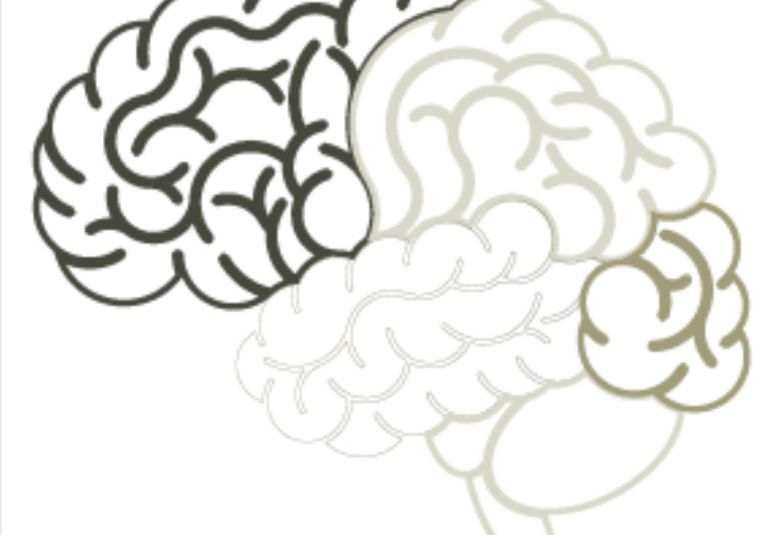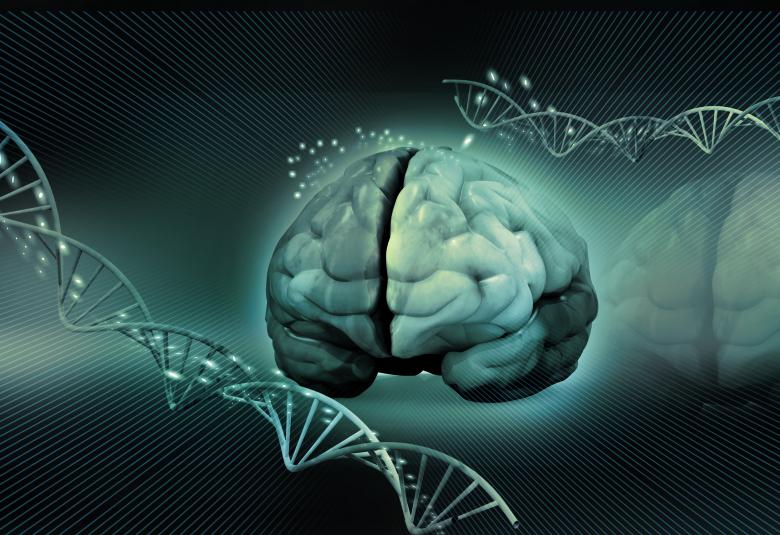From 1st to 4th July 2023, nearly 8,000 neurologists from 114 countries gathered both virtually and in person in Budapest to take part in the 9th Congress of the European Academy of Neurology (EAN). Here we summarize some of the key sessions from migraine, Parkinson’s disease and Alzheimer’s disease.
Burden on patients and a burden to society
The burden on patients cannot be underestimated. Neurological disorders are the leading cause of disability and the second leading cause of death worldwide. Driven by global population growth and aging, this burden is set to rise, and with it comes increased strain on our healthcare systems.1
EAN’s mission is to reduce the burden of neurological diseases, as summed up by Professor Paul Boon, EAN President: “We are doing this for our patients. This is the prime thing, the patients – reducing their burden of their neurological conditions and also their caretakers and family members”
“We are doing this for our patients. This is the prime thing, the patients – reducing the burden of their neurological conditions and also their caretakers and family members.” – Professor Paul Boon
Here we review a number of sessions from EAN 2023 that show how a better understanding of neurological conditions and their potential burdens can help inform approaches for their management.
Migraine: the burden beyond headache
Cognitive impairment is a major clinical hallmark in neurodegenerative and vascular dementias.2 But is it a clinical manifestation in other frequent neurological disorders, such as epilepsy, multiple sclerosis, infectious diseases, and migraine?
Isabel Pavão Martins, Associate Professor at the Faculty of Medicine, University of Lisbon presented evidence for cognitive impairment in migraine.3 In a study from 2016, 90% of people with migraine described experiencing cognitive symptoms during an attack.4 These cognitive symptoms, including difficulty concentrating, communicating, and experiencing irritability, are disabling ictal symptoms that affect functionality beyond pain and the typical associated migraine symptoms (e.g., photophobia, phonophobia, nausea, vomiting).5
The fact that cognitive impairment has also been shown to occur during the pre-ictal phase of migraine provides further evidence that it cannot be fully explained by the migraine attack itself.6 And what about cognitive performance during the interictal phase? Looking at results across a number of clinical and community-based studies provides more details.
A clinical study in the ictal phase showed that patients with chronic migraine (CM) performed worse across three cognitive function tests than patients with episodic migraine (EM), regardless of the presence of comorbidities or use of medications.7 A meta-analysis looking at the interictal phase showed that patients who had migraine with aura had lower scores in executive functioning than patients with migraine without aura.8 Finally, a community-based meta-analysis showed lower scores in general cognitive learning, although this was non-significant in Caucasians, but significant in Asian countries.9 It is not known whether this is down to genetic or societal reasons, for example lifestyle, healthcare system, or attitudes towards the disease.
Interestingly it has been shown in large longitudinal aging studies where there is a sub-population of patients with migraine that there is no difference in cognitive impairment, and in fact sometimes there is less decline in cognitive impairment with age in patients with migraine than those without.10
Professor Martins suggested that perhaps there are protective factors for patients with migraine owing to a healthier lifestyle/avoidance of stressors and precipitants, for example alcohol and smoking, earlier diagnosis of headache trauma and other risk factors.
“Perhaps there are protective factors for patients with migraine owing to a healthier lifestyle/avoidance of stressors and precipitants” – Professor Isabel Pavão Martins
In summary, patients with a past history of migraine or migraine without aura tend to have normal cognitive functioning while patients with CM, migraine with aura or suffering from acute attacks may have lower cognitive functioning. More research, especially on how newer treatments might affect cognitive function, is needed.
Difficult to treat Parkinson’s disease and atypical parkinsonian symptoms
Several motor and non-motor symptoms in Parkinson’s disease (PD) are difficult to treat and include hypokinetic dysarthria, freezing of gait problems, falls, sleep disturbances, cognitive problems and pain. These symptoms have a major impact on quality of life of patients diagnosed with PD and reduce their ability to communicate and walk unaided.11
Here we summarize the session at EAN 2023 from Peter Valkovic, Professor of Neurology, Comenius University Bratislava on pain in PD.
Pain is an integral part of PD, a frequent non-motor symptom with a severe impact on quality of life.12 The PLosOne study showed that 74% of patients in the early stages of PD experience pain and this increases to 77% in the advanced stages.12 Yet more than 40% of pains are not declared by patients living with PD, often because they do not know it is related to their PD.13
More than 40% of pains are not declared by patients living with Parkinson’s disease
Parkinson’s disease-specific pain can be classified into 4 types:11,12
- Musculoskeletal pain. Aching cramping, arthralgic sensations in joints and muscles related to rigidity, stiffness and immobility. May be exacerbated with dose of medication, should improve with levodopa.
- Dystonia-related pain. Very forceful and painful (VAS 9-10) muscular contractions. It is related to the ‘OFF’ state and generally occurs at night or early morning, often in the foot or neck. It should respond to dopaminergic therapy.
- Central (primary) pain. Characterized by a burning, tingling, ‘neuropathic’ sensation and may vary in parallel with the patient’s medication cycle as a non-motor fluctuation. Again, it should respond to dopaminergic therapy, but if not, then neuropathic pain treatments can be used.
- Radicular/neuralgic pain. Associated with motor or sensory signs of nerve or root entrapment. It is usually due to abnormal posture which can then lead to other structural problems such as lumbar disc herniation. Does not respond to dopaminergic treatment.
The PLosOne study also showed that nearly half of patients (47%) living with PD had two or more types of pain.12 Pain is a frequent problem, which worsens during the course of the disease.12 Patient education and active management may help alleviate the symptoms decreasing the burden of pain on people living with the disease.
How availability of biomarkers is changing Alzheimer’s disease diagnosis
A Topical Symposium on Sunday looked into the role of biomarkers to help in the diagnosis of Alzheimer’s disease (AD).*
Milica Kramberger from the Department of Neurology in Ljubljana opened the session with an overview of the clinical signs of AD.14 It is well-known that AD is a chronic illness with long pre-clinical and pro-dromal phases that can last up to 20 years with an average clinical duration of 10 years, affecting 10–30% of the population over 65 years of age.15 The physical changes of amyloid-β plaques and neurofibrillary tangles can be seen post-mortem but can also be detected in vivo with biomarkers, thus allowing a much earlier diagnosis.15,16
What is the clinical relevance of this? Medical evaluation of a patient presenting with mild cognitive impairment (MCI) would historically have involved taking a patient history, carrying out cognitive and functional screening tests and routine laboratory tests. The prevalence of MCI in adults aged ≥65 years is 10–20%, but not all of these progress to Alzheimers.17 Some patients with MCI remain stable,18 and a 2012 study showed that while 20% progressed to dementia, 16% reverted back to normal cognition.19
By contrast, MCI patients who test positive for AD biomarkers show a 3-year progression rate to AD-type dementia of 59% compared with only 4% for MCI patients who don’t have AD biomarkers.20 This suggests that risk stratification and personalized prediction is a high priority.21
59% of MCI patients who test positive for AD biomarkers have progressed to AD-type dementia at 3 years
However, there are ethical issues around the use of biomarkers. Counselling should be undertaken prior to testing so that patients can make an informed and autonomous decision, and results should be delivered by a physician with both knowledge of the relevant biomarkers and the patient.22
With the prospect of possible upcoming disease-modifying medications for AD, the ability to make an early diagnosis is important.16 But until then, the interpretation of biomarker analyses results and their prognostic value may represent an important challenge in routine clinical practice.22
*This topical symposium was supported by an educational grant from Eli Lilly.
Our correspondent’s highlights from the symposium are meant as a fair representation of the scientific content presented. The views and opinions expressed on this page do not necessarily reflect those of Lundbeck.




